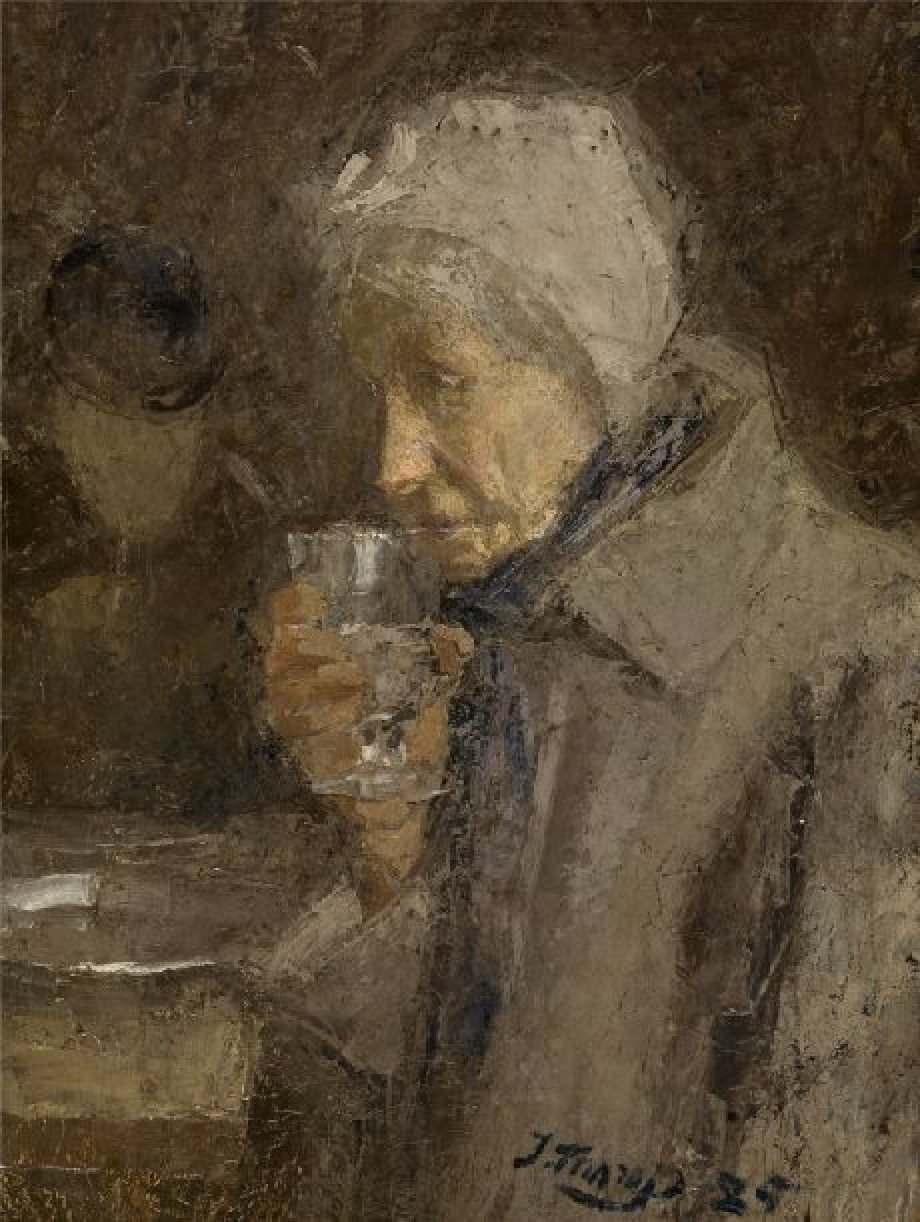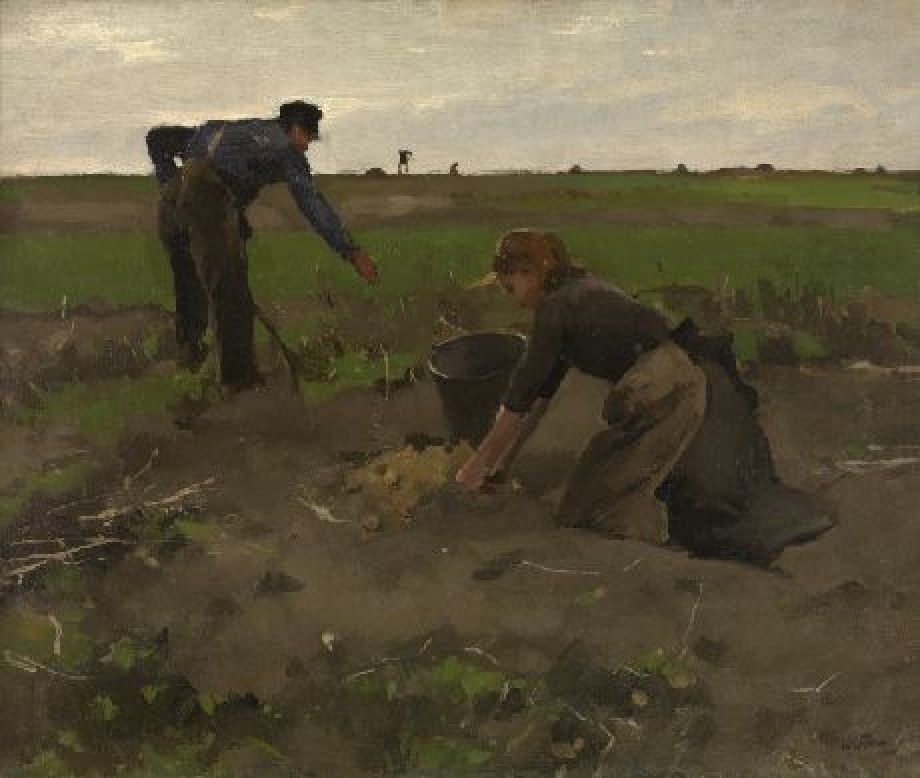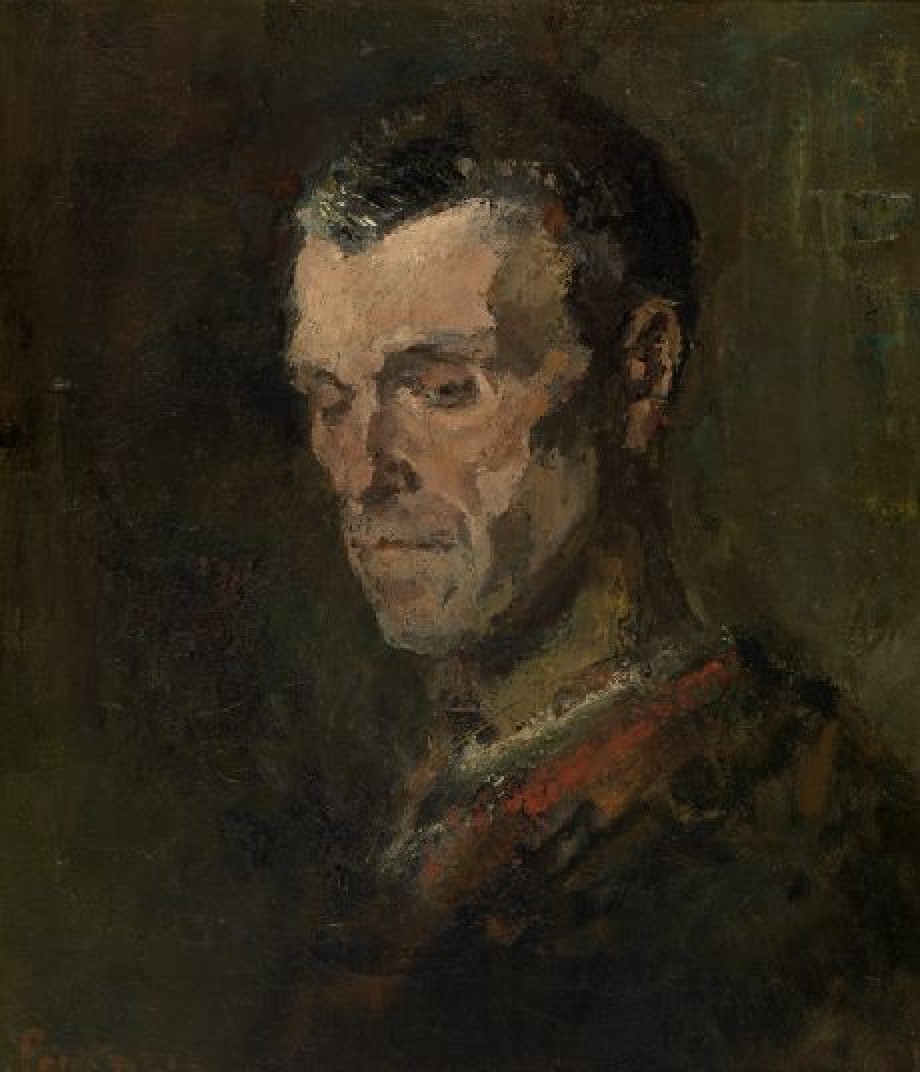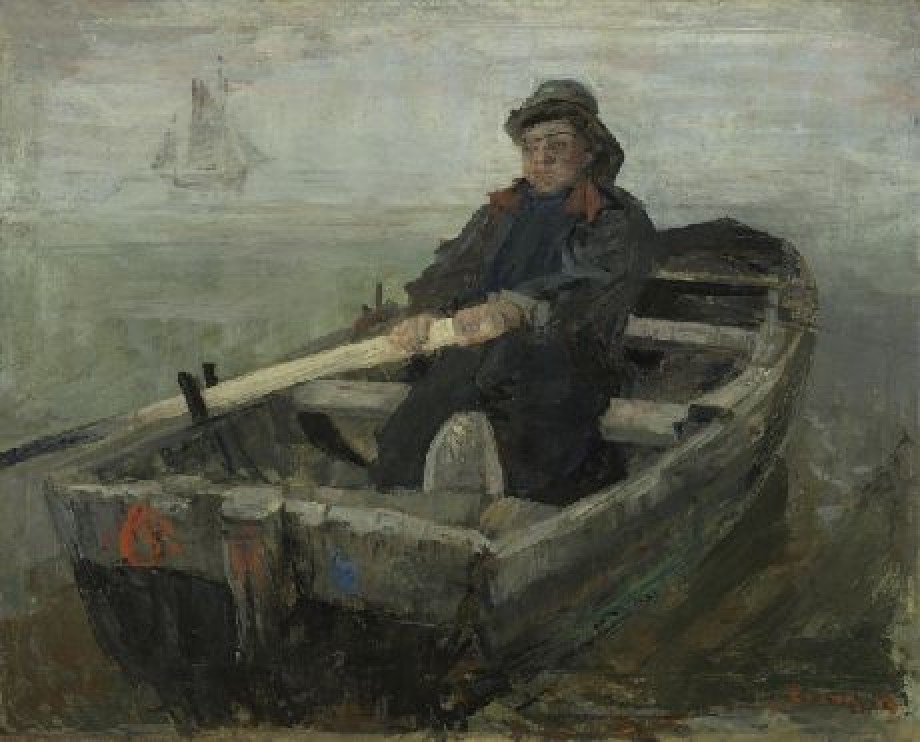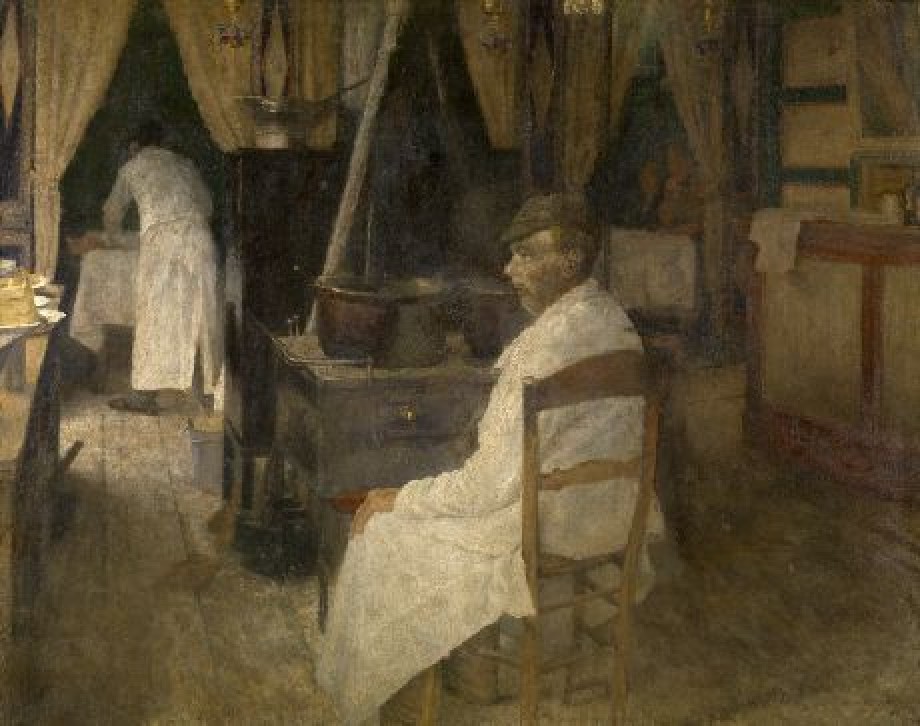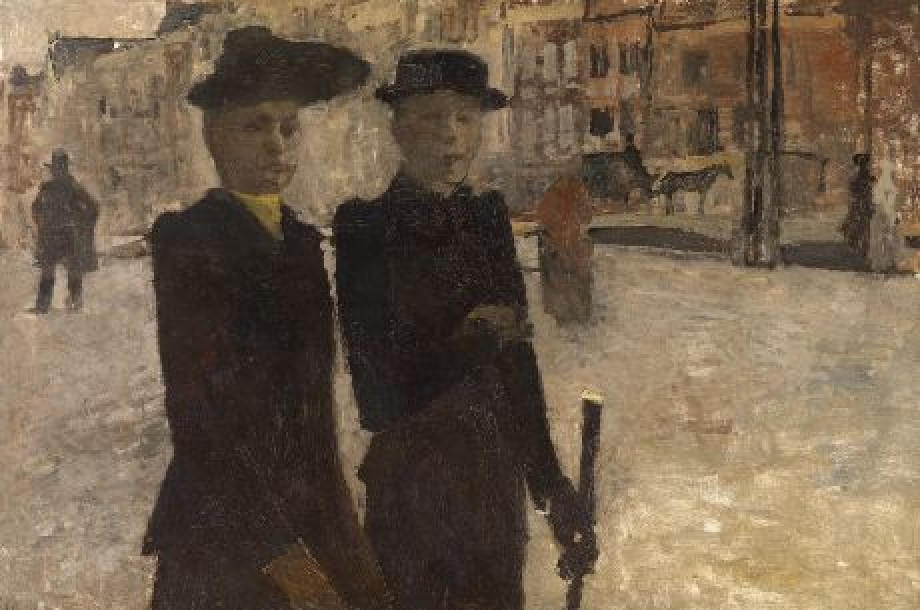Lady at the Breakwater

Artist / maker
James Ensor (painter)Date
1880Period
19th centuryCollection
Royal Museum of Fine Arts Antwerp
Proud demonstration Pleinairisme – painting in the open air – was an artistic mentality as much as a practice. Whether outdoors or in their studios, the artists associated with the movement wanted to create works that looked as if they had been done directly from nature. Reality and nothing but reality: that was the objective they proclaimed. Truthfulness. No ‘Photoshopping’…
Read more
Proud demonstration
Pleinairisme – painting in the open air – was an artistic mentality as much as a practice. Whether outdoors or in their studios, the artists associated with the movement wanted to create works that looked as if they had been done directly from nature. Reality and nothing but reality: that was the objective they proclaimed. Truthfulness. No ‘Photoshopping’, as it were. The pursuit of honesty.
The results included quite a few sketchy and supposedly ‘sloppy’ works, of which this small canvas by Ensor is a good example. We can reconstruct how it came about. Ensor took a canvas on which he had already started another composition in reddish brown and began by briefly sketching in the figure on the breakwater. He then prepared the colour of the water surface by applying an ultramarine base layer here and there with his thumb. Only then did he work out the overall scene with a brush and palette knife. Note the high horizon and our elevated vantage point.
In a few touches of paint, he set down the silhouette of the woman with her left arm folded in front of her, and then shaped her right arm by clearing a space in the paint layer. Ensor used the shaft of his paintbrush to score the handle of her parasol into the wet paint. Before the layers could dry, finally, he applied touches of paint with a palette knife, demonstrating how you can get colours to flow together in certain places. The young painter took obvious pleasure here from his technical skills.
It is not certain whether the painting was done entirely on the beach or whether Ensor took it back to his studio to finish. He certainly had an eye for stylish ladies in the early part of his career, especially in an interior or as a motif in their own right. This woman belongs to that series of works.
Read less
